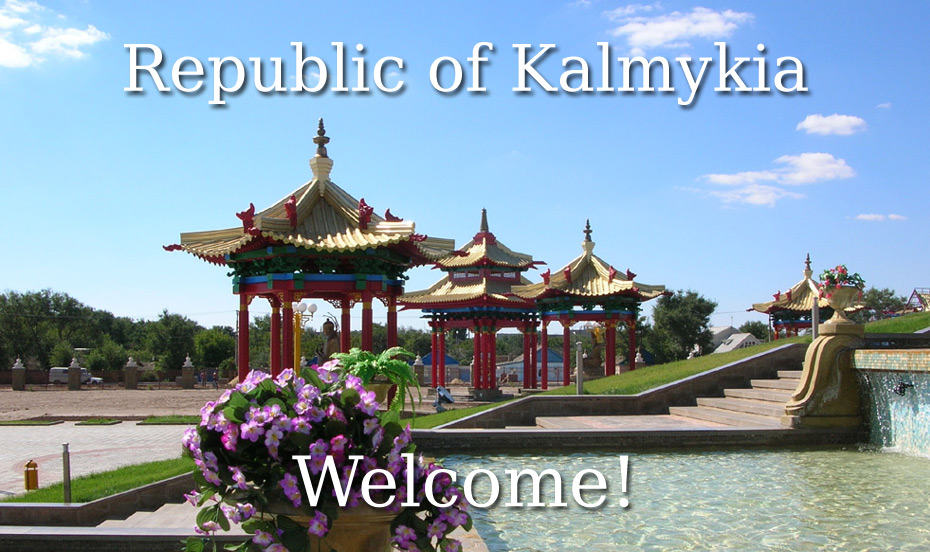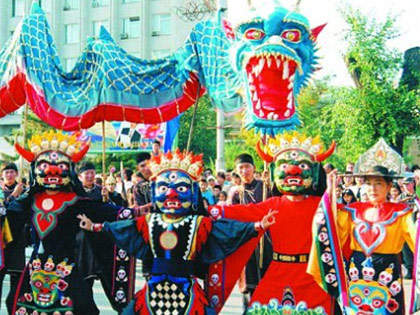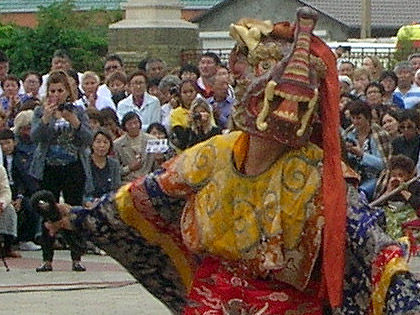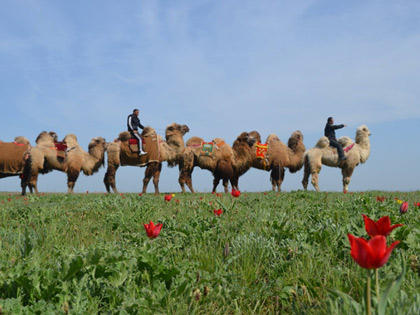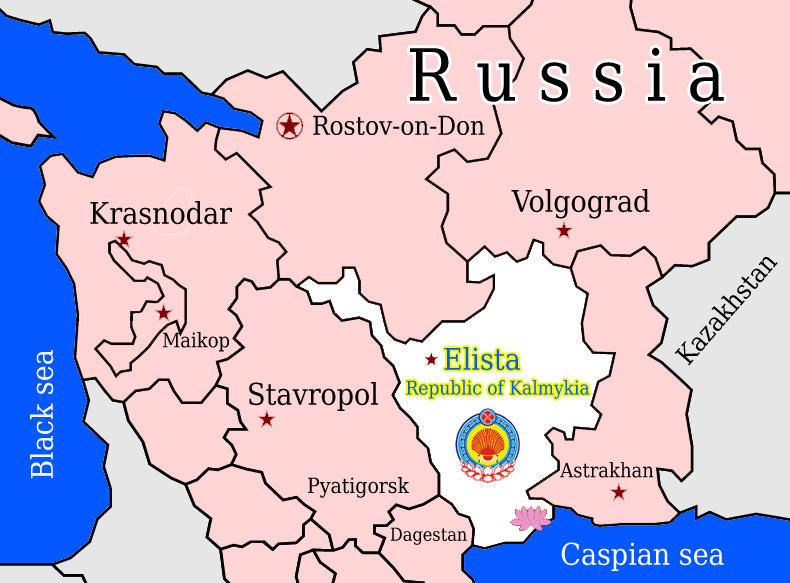Zaya Pandita
Zaya Pandita
Zaya Pandita or Namkhaijamts (1599–1662) was a Buddhist missionary priest and scholar of Oirat origin who is the most prominent Oirat Buddhist scholar.
Zaya Pandita was the fifth son of Babakhan, a minor Khoshut-Oirat prince. After Babakhan converted to Buddhism in the early 17th century, he, like many of the other Oirat princes, wished for one of his sons to enter the Buddhist clergy. In pursuit of his wish, Babakhan chose Zaya to become a bandi (“novice”) monk. In 1615, Zaya journeyed to Lhasa, Tibet where he would study and practice Buddhism, including study under the guidance of the 4th Panchen Lama.
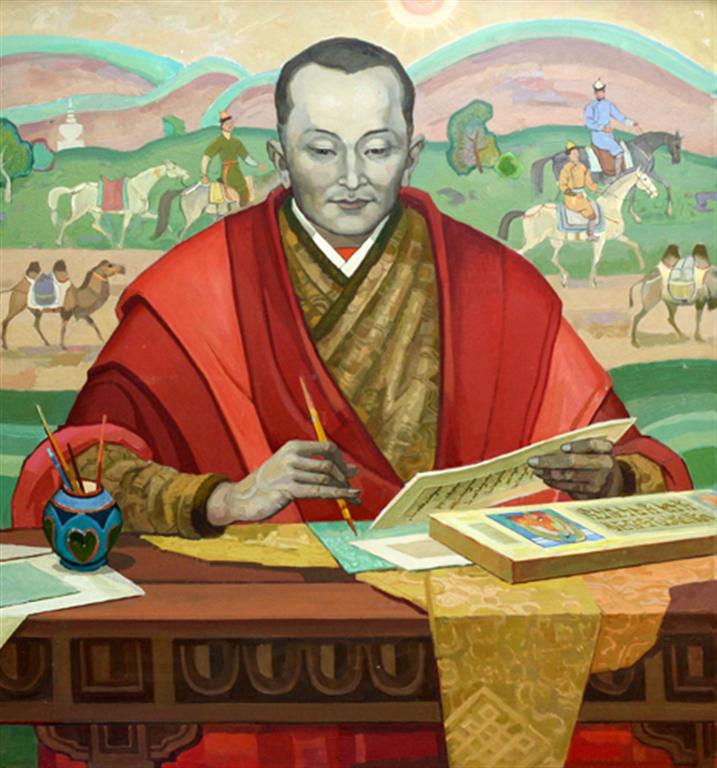
In 1638, Zaya Pandita left Tibet at the direction of the Panchen Lama to conduct missionary work among the Mongol tribes. One year later in 1640, he assisted Erdeni Batur, Khun Taiyishi of the Choros-Oirat tribe, in assembling a pan-Mongol conference between the Oirat and the Khalkha. The purpose of the conference was to encourage the formation of a united Mongolian front against potential external enemies, such as the Chinese, Manchus, and Russians and to settle all internal matters peacefully. The conference produced a code, which provided protection from foreign aggression to both the Oirat and the Khalkha and guaranteed the free movement of people throughout Mongol land.
When not engaged in diplomacy between the Oirat and the Khalkha, Zaya Pandita spread Tibetan Buddhism to the Oirats, the Khalkha and even the Kalmyks in far away Russia. In furtherance of his missionary work, Zaya Pandita composed a new alphabet, based on the traditional Mongolian alphabet, called “Clear script” (todo bichig) to transcribe the Oirat language as it is pronounced. By doing so, Zaya Pandita eliminated the ambiguities of the traditional Mongolian alphabet.
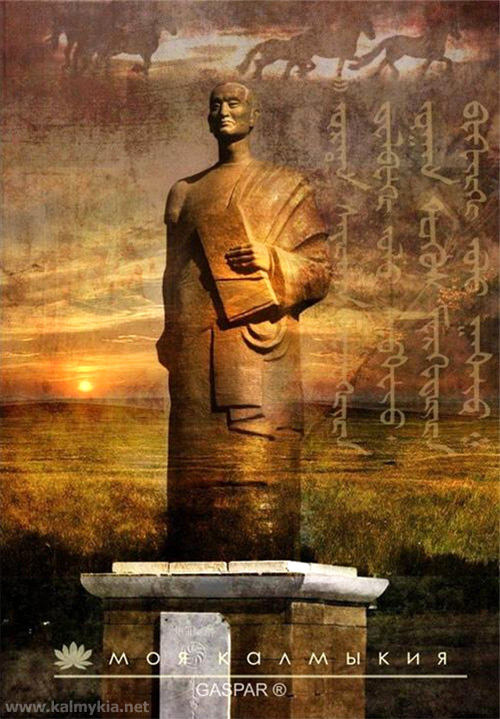
From the time Zaya Pandita developed todo bichig in 1648 until his death in 1662, he translated approximately 186 Buddhist texts from Tibetan language to the Oirat language while still serving the religious needs of the Oirat tribes in Dzungaria. His most famous work is the four-volume Clear Mirror of Teachings.
The todo bichig script is still used by Oirats in Xinjiang with slight revisions, and is taught alongside standard classical written Mongolian in that region.
